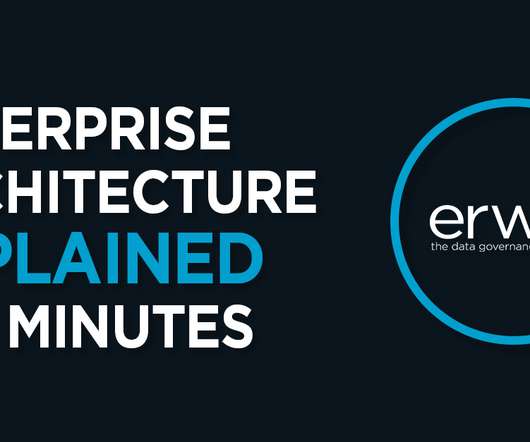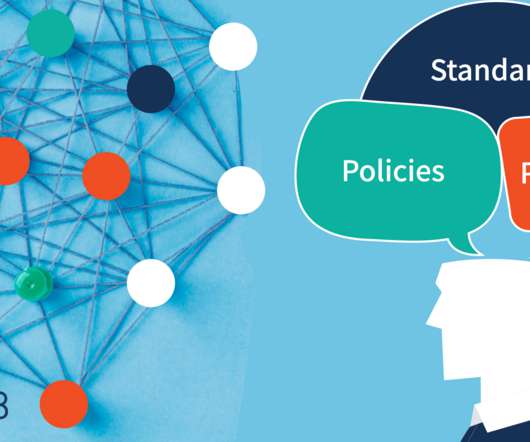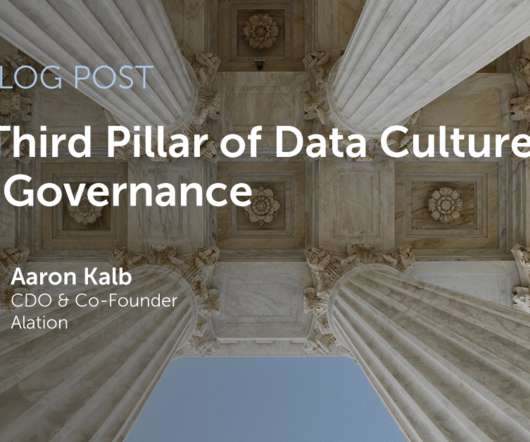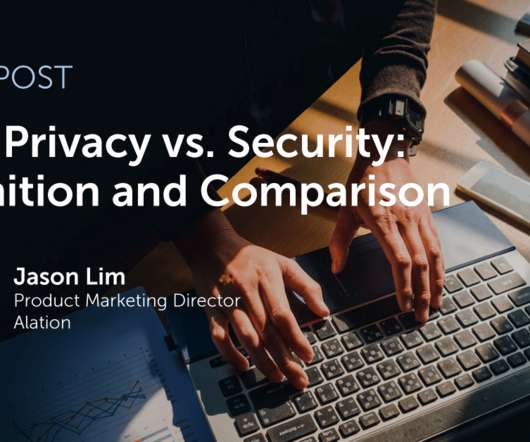5 IT risks CIOs should be paranoid about
CIO Business Intelligence
JULY 23, 2024
Call it survival instincts: Risks that can disrupt an organization from staying true to its mission and accomplishing its goals must constantly be surfaced, assessed, and either mitigated or managed. While security risks are daunting, therapists remind us to avoid overly stressing out in areas outside our control.
































Let's personalize your content